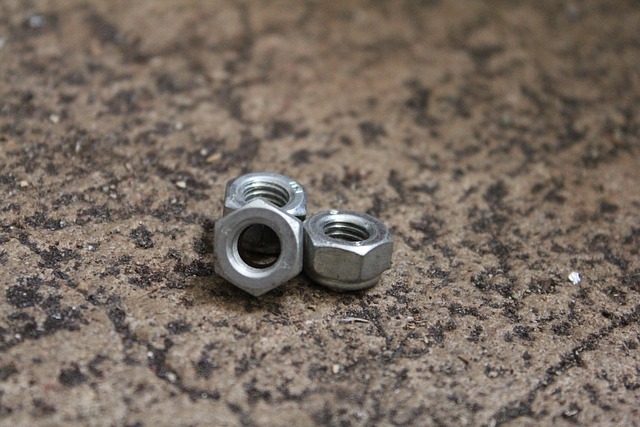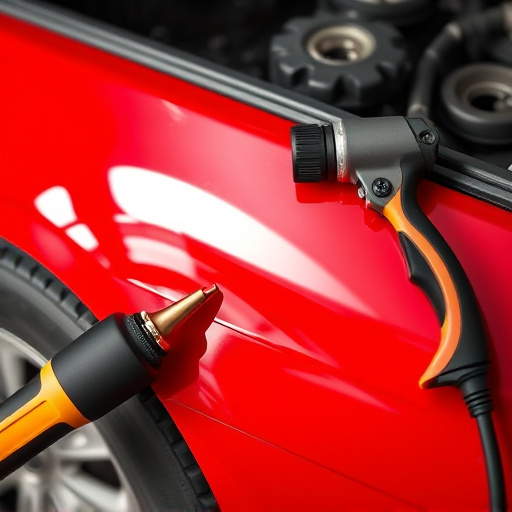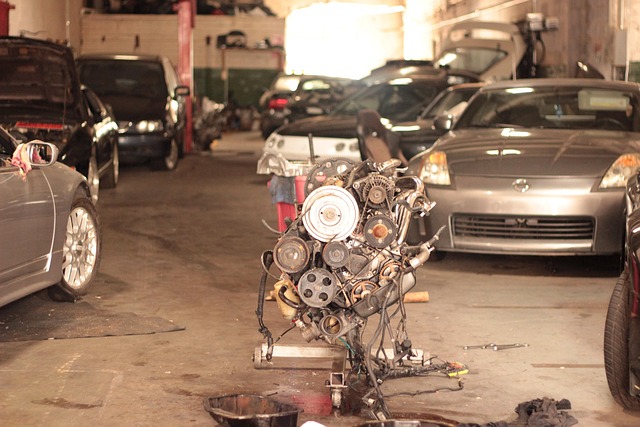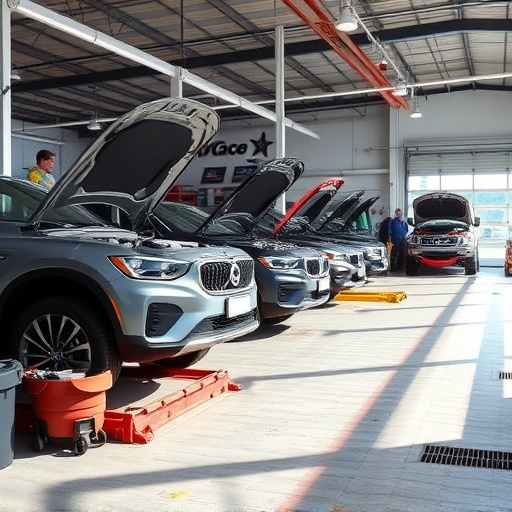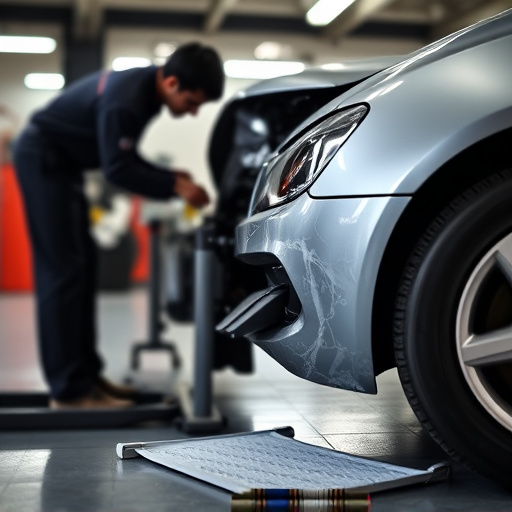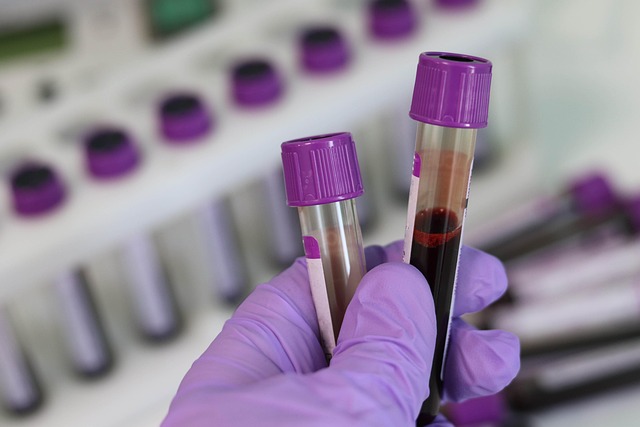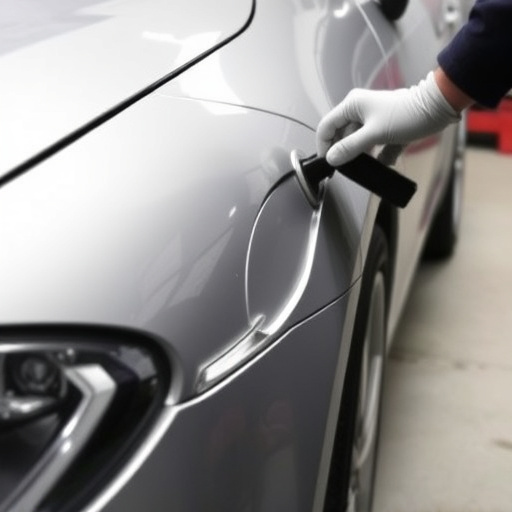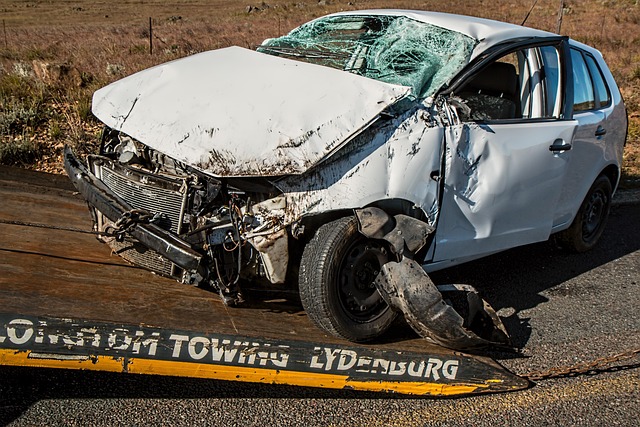Understanding vehicle delivery inspection failures requires identifying common issues like faulty brakes, tires, or maintenance. Organize documents and prepare the vehicle for inspection by checking for dents or scratches. Address bodywork damage or mechanical problems promptly via collision repair and retest. Regular upkeep ensures future compliance with delivery inspection requirements and road safety.
If your vehicle fails the delivery inspection, don’t panic. This guide outlines clear steps to help you navigate the process efficiently. From understanding common causes of failure to gathering essential documents and taking corrective actions, you’ll be prepared to pass the retest. By following these steps, you can ensure a smooth transition to owning your new vehicle, ensuring all issues are addressed promptly. Learn how to turn a potential setback into a seamless delivery experience with expert tips tailored for a successful re-inspection.
- Understand the Inspection Failure Causes
- Gather Necessary Documents and Prepare
- Take Corrective Actions and Retest
Understand the Inspection Failure Causes
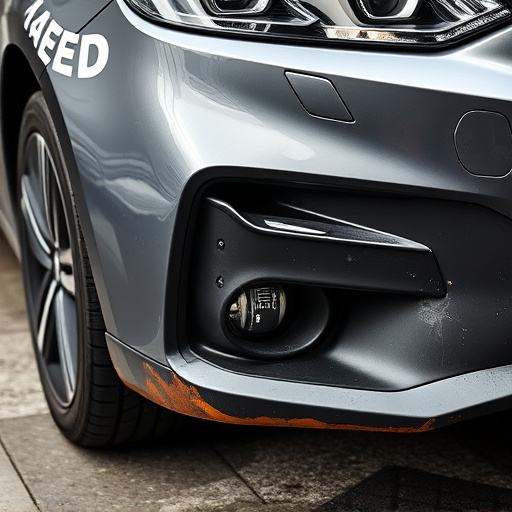
When your vehicle fails its delivery inspection, it’s crucial to understand why. Common causes include issues with the car’s essential systems like brakes, lights, and signals, as well as problems with critical safety components such as tires and windshields. In some cases, auto body services or automotive collision repair might be needed due to dings, scratches, or more severe damage evident during the inspection process.
Failure could also result from poor maintenance practices, missing or faulty accessories, or even issues with documentation. Identifying the specific cause is a critical first step towards rectifying the problem. Whether it’s arranging for auto glass replacement, addressing mechanical concerns, or making sure all components meet safety standards, understanding the root of the failure guides effective and efficient resolution to ensure your vehicle meets delivery inspection requirements.
Gather Necessary Documents and Prepare
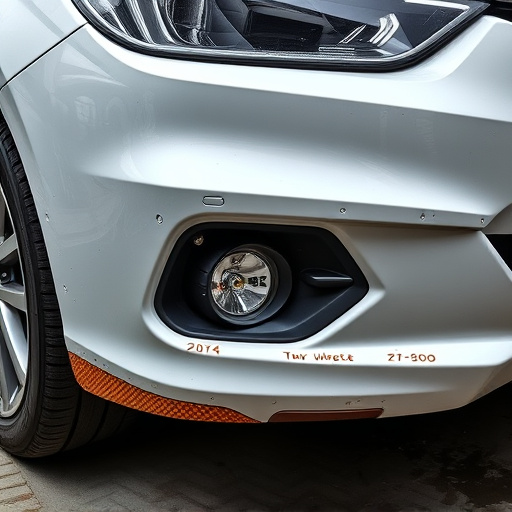
Before heading into a vehicle delivery inspection, ensure you have all necessary documents ready. This includes registration papers, proof of insurance, and any maintenance records or service reports for the car, especially if it’s a classic car in need of restoration like a Mercedes Benz collision repair. Having these documents organized will not only streamline the inspection process but also demonstrate your preparedness as the new owner.
Additionally, take time to prepare the vehicle itself. Conduct a thorough check of the bodywork, ensuring there are no visible dents or scratches that could raise concerns. Remember, even minor issues can be red flags during an inspection, so addressing them beforehand shows your commitment to maintaining the car’s quality.
Take Corrective Actions and Retest
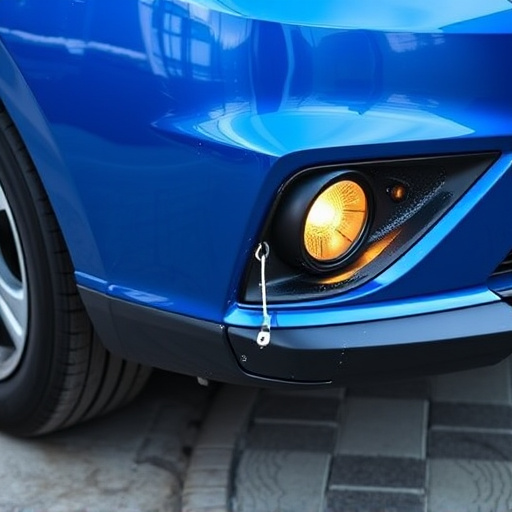
If your vehicle fails the delivery inspection due to issues like damaged car bodywork or other mechanical problems, it’s crucial to address them promptly. The first step is to take corrective actions by visiting a reliable collision repair center. Skilled technicians will assess the damages and carry out necessary repairs to ensure your car meets the required safety standards for roadworthiness.
Once the repairs are complete, schedule a retest with the delivery inspection agency. This reevaluation confirms that all issues have been rectified effectively. Remember, maintaining your vehicle’s condition is essential for future delivery inspections and overall safety on the road. Consider regular upkeep and timely repairs to avoid similar setbacks during subsequent vehicle delivery processes.
If your vehicle fails the delivery inspection, don’t panic. By understanding the potential causes, gathering essential documents, and taking corrective actions, you can resolve the issues and successfully pass the retest. A thorough preparation process ensures a smooth transition to owning your new vehicle, so stay calm, address the problems, and get back on track with your delivery.
